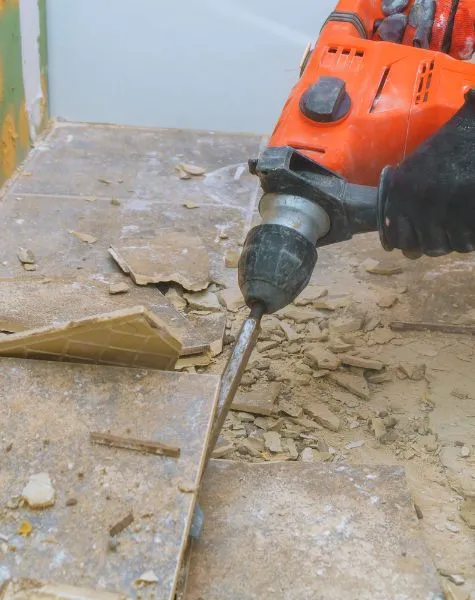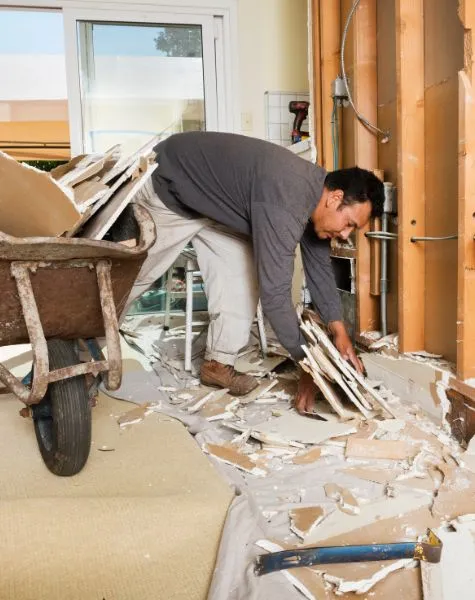All Types of Demolition Works
Interior Demolition Work refers to the process of selectively removing interior structures, finishes, and fixtures within a building or structure. This type of demolition is distinct from total demolition, which involves leveling an entire structure. Interior demolition is often performed to prepare a space for renovation, remodeling, or repurposing, and it requires careful planning, skilled labor, and adherence to safety regulations.
The Interior Demolition process typically begins with a thorough assessment of the site and the development of a demolition plan. This plan outlines the scope of work, identifies any hazardous materials present, establishes safety protocols, and determines the sequence of demolition activities. It also addresses waste management, salvage opportunities, and environmental considerations to minimize the project’s impact on surrounding areas.
Before commencing demolition work, safety precautions must be implemented to protect workers and occupants of the building. This may include erecting barriers and signage to restrict access to the demolition area, conducting asbestos and lead testing, and implementing dust control measures to prevent airborne contaminants. Personal protective equipment (PPE), such as respirators, gloves, and safety goggles, should be worn by workers to minimize exposure to hazards.
Once safety measures are in place, demolition crews can begin removing interior elements such as walls, ceilings, floors, and partitions. This may involve the use of hand tools, power tools, and heavy machinery, depending on the size and complexity of the project. Care must be taken to avoid damaging structural elements, utilities, and other features that are to remain intact.
During the demolition process, materials such as drywall, wood framing, metal studs, flooring, and ceiling tiles are carefully dismantled and removed from the site. Hazardous materials such as asbestos-containing materials (ACMs) and lead-based paint may require special handling and disposal procedures to comply with environmental regulations and protect workers’ health.
As demolition progresses, salvageable materials may be identified for reuse or recycling, such as wood beams, bricks, fixtures, and architectural elements. Salvage operations can help reduce waste, lower project costs, and contribute to sustainability efforts by diverting materials from landfills. Salvaged materials may be repurposed in future construction projects or sold to salvage yards for use in other applications.
Throughout the demolition process, regular inspections and quality control measures should be implemented to ensure that work is performed according to specifications and safety standards. Any unexpected conditions or issues that arise during demolition should be addressed promptly to minimize delays and mitigate risks to workers and the surrounding environment.
Once interior demolition is complete, the site is typically cleaned and prepared for the next phase of construction or renovation. This may involve removing debris, sweeping and vacuuming surfaces, and disposing of waste materials in accordance with local regulations. Depending on the project requirements, additional site preparation activities such as structural modifications, utility upgrades, and environmental remediation may be necessary before construction can commence.
Iterior Demolition Work is a critical step in the renovation, remodeling, or repurposing of buildings and structures. It requires careful planning, skilled labor, and strict adherence to safety regulations to ensure that work is performed efficiently and safely. By following proper procedures and protocols, interior demolition projects can be completed successfully, allowing for the transformation of interior spaces while minimizing risks to workers and the environment.
The Trusted Relationships Built by Square Feet Interiors
















